Thoughts about…
Contemplating the Recovery Phase
Two of the three core components of classic cross-country ski technique (aka diagonal striding) are push-off and weight transfer. The third and, arguably, most magical component to properly striding is the glide phase. Gliding is, after all, what separates xc skiing from many other bipedal activities such as walking, hiking, or running. What I find most interesting about gliding, however, is the fact that it also constitutes the recovery phase.
All physical endeavors incorporate some sort of recovery element. This essentially means that your body won’t naturally fire all of its muscles simultaneously. With every body movement, specific muscles will engage while others relax. Push something moderately heavy away from you with your arm and you’ll feel the triceps contract while the biceps relax. Now, pull that same object back toward you and you’ll feel the opposite. When you run, for example, the trailing leg effectively gets a micro-rest as it momentarily trails behind. This rest period, albeit brief, enables the leg to then load back up as it swings forward, plants, and pushes off again.
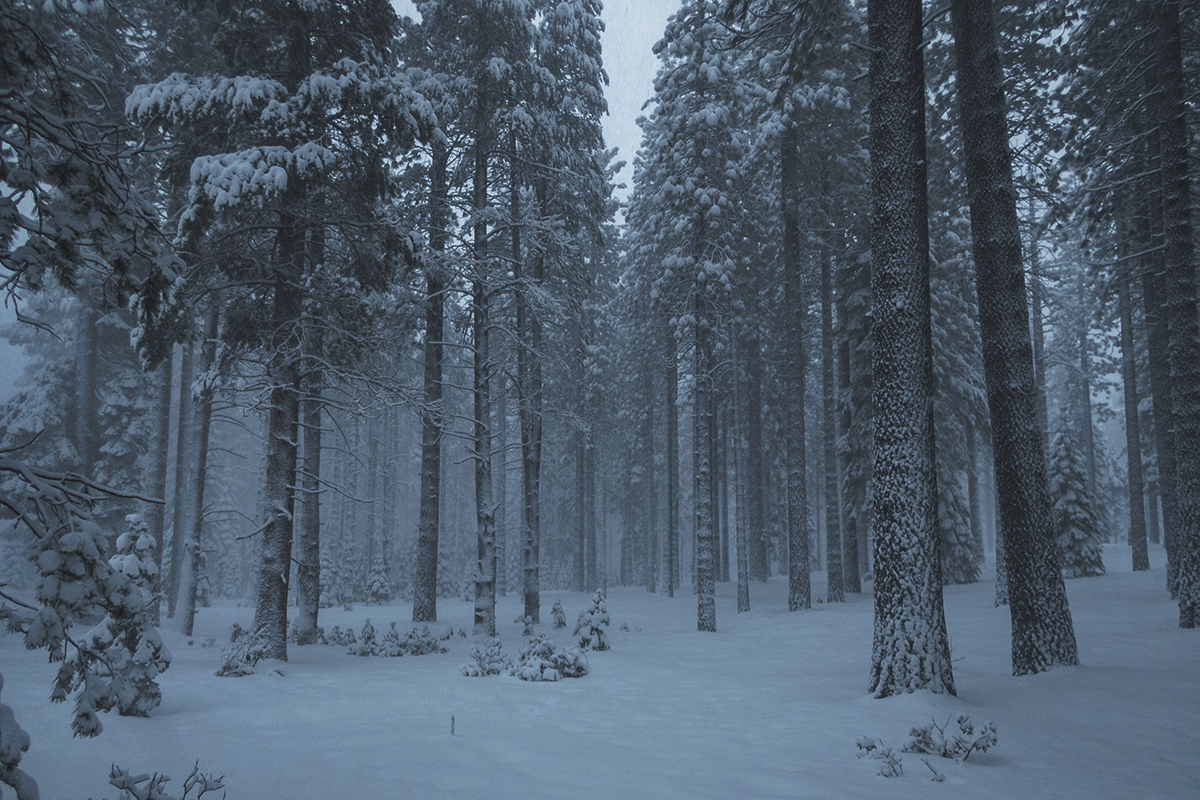
At the beginning of December, snowstorms hit Tahoe and just seemed to keep coming for weeks. It was lovely but relentless. © Jared Manninen
So when you’re executing proper body movement, regardless of motion or discipline, you should be experiencing a natural ebb and flow, compression and expansion, or call and response.
The example of running is somewhat similar to diagonal striding except, of course, that there’s the gliding phase to classic skiing. So, although the motion and execution share similarities, the rhythm is inherently different. But this is the case with every sport, movement, or motion as the rhythm will be commensurate with the activity in question (i.e. gear requirements and specific body movements), as well as the terrain over which you’re traveling.
But to know that you’re supposed to be relaxing while you’re exerting yourself is often a paradox that beginner athletes have difficulty reconciling. They just want to push – push – push at all costs because that’s what it looks like the pros are doing. But this is not really the case. Top tier athletes simply operate at a much higher level of performance than the rest of us normal humans. And I guarantee that those same athletes have dialed in their technique so that they’re using the least amount of energy to produce the maximum amount of results. Through years of training, they also know when to hit the gas and when to lay off of it. And they have the stamina to adjust their rhythm over the long-term. Most importantly, though, is that they understand what it means to achieve a flow state or, perhaps, they just know how to efficiently operate within that relaxation/exertion paradox inherent with body movement.
I’ve recently been contemplating the recovery phase of an activity for a couple of reasons.
The first is that my Discover XC Skiing weekly clinic began two weeks ago, so I’m currently teaching a lot of beginner cross-country skiers. And, until a person can fully transfer all of their weight from one ski to the next when diagonal striding, they’re missing out on the glide (aka recovery) phase. Basically, if you don’t transfer all of your weight from one ski to the next you’re splitting your weight between both skis. This means that both of your legs are trapped in a perpetual state of exertion in an effort to prevent you from doing the splits. It’s funny because it’s actually kind of tiring to watch beginners tire themselves out while working on this skill. No matter how you cut it, though, it’s always a challenge to inspire people to let go of their fears and commit no matter how small the act.
Another reason I’ve been thinking about the recovery phase of an activity is that it seems like I’ve been shoveling snow every day for the past month. I know that’s not truly the case, but I’m pretty sure that I’ve been shoveling for at least 75% of those days. So, in a lot of respects, I’ve begun to feel like Sisyphus. Every day I shovel, but then every following morning there’s new snow on the ground in which to shovel. Lather, rinse, repeat. Where’s the recovery phase in all of this?
That said, the toll on my body from shoveling is one thing. I’ve been an athlete all of my life, and I’m still young and healthy enough to deal with the increased workload. But this season I’ve gotten so wiped out from the constant battle with the snow and the uncertainty of what’s to come that it’s hard for me to focus on anything else, such as creative endeavors.
I can’t help but feel anxiety when I see all of the snow piling up on the roof. It’s over four feet in some places, after all. A couple of weeks ago, our main sewage line exiting the house was clogged so we spent a few days dealing with that. Although it wasn’t directly related to the winter storms, the outside cleanout was buried under four feet of snow at the time. Now it’s under six feet of snow! We’ve already had a number of power outages this winter. So, whenever the wind gusts over 15mph I cross my fingers in the hopes that another tree won’t fall and take out another power line. Just yesterday, one of my friend’s water pipes froze and burst in their garage. And then there’s the stress of having to drive in perpetually hazardous conditions, whether that be running errands around town or commuting to work. Now, I’m grateful that I only have to drive up once at the start of the work weekend and then back home after the weekend is over. However, due to all of the stormy weather we’ve had those one-way commutes are two and a half hours long. And I have to stay extremely vigilant for their duration because a lot can happen on the roads between my home and work.
As I said, I can deal with the physical stuff. I understand what that type of recovery looks like (i.e. rest, pacing one’s self, and eating more calories). But recovering from mental stress and anxiety is another matter.
This really came to my attention after I published a longer-format video about classic cross-country skiing in the backcountry (see below) right before the holidays. Around that time, I was also working on an article for Tahoe Trail Guide so once I finished the video I went back to that article. However, I quickly realized that I needed to stop working on it because I just couldn’t maintain the output. I was trying to push – push – push but I was burning myself out. So as much as I wanted to keep hammering out projects, I really needed to just take a break and shut down my mind for a couple of days. Fortunately, Christmas arrived soon after and provided a much needed break and then I went back to work for a couple of days.
Upon returning home, however, the rain and snowstorm cycle that’s lasted for weeks began. And it hadn’t really let up until today (January 19, 2023). I continued to try and work on projects throughout, but the weather disrupted my work flow to one degree or another ever since. And that’s really frustrating to me because one of my greatest mental flaws is that I frequently succumb to the trap of believing that I could accomplish so much more “if only I had more time, I didn’t have to do this or that, or whatever.” So I get stuck dwelling on all of the things that I can’t do for whatever reason.
In essence, what I’m saying is that I feel like those beginner xc skiers trying to learn how to both exert and relax at the same time. But it’s the muscle between my ears that’s being overworked, and I’ve always struggled with finding ways in which to let it recover. Admittedly, quieting my mind or stopping it from either generating new ideas or refining the ones I’ve already been contemplating has always been a challenge for me.
Now, I’m not trying to paint a doom and gloom scenario here. And I’m definitely not the only person struggling with extreme winter conditions right now. Rather, I’m just verbally rationalizing why my brains currently feel fried. Or, perhaps, I’m just making excuses for why I haven’t accomplished more this winter! Either way, I’m trying to be flexible in an effort to weather all of these storms (pun intended) while still keeping my eyes on my long-term goals and projects.
Even though I may not be a professional athlete, I know what it feels like to experience flow either in an athletic or creative capacity. So, more than anything, having to endure one disruption after another in pursuit of something meaningful is the most exhausting thing to me. I’m hoping that with these recent storms finally coming to a close (for how long, who knows?), I’ll be able to find some rhythm again while experiencing that exertion/relaxation paradox that comes with creating and completing projects.
iNaturalist does a cool thing at the end of each year by providing an overview of each iNat user’s statistics (observations, species, and identifications) for the previous year. The layout for the recap is really pleasing to look at with lots of cool graphs and images (of my observations, for example). So if you’re interested in seeing some of the data that I contributed to iNaturalist for 2022, have a look at my year in review.
Also note that I still have a backlog of observations to upload for 2022 (as well as so many previous years!), so this data isn’t 100% complete. That said, it’s as complete as it’s going to be right now because I don’t have time to address the backlog at the moment. The thing that I really appreciate about iNat is that it’s effectively a living document. There’s always the possibility that observations that didn’t achieve research grade (not confirmed by anyone else due to a number of possible reasons) will be in the future. Or, if I’ve misidentified a certain species someone may come along and correct my observation with the right species. The goal truly is about making accurate observations/documentation.
Painting snowy and misty scenes with watercolor has always been a mystery to me, so I’m making an effort to specifically learn how to paint in that style. Below are some small watercolor paintings I created last month with that theme in mind.
As I began to assemble this newsletter, I didn’t think that I had produced many worthy projects last month. All I really remember doing was shoveling snow! haha. But I clearly did create a few new videos 😉
So you can either watch them here on this page or at my YouTube channel!
Here’s a short selection of other winter-related articles for you to read, if you haven’t already 🙂
Thanks for being a part of my life. Until next time…
-Jared Manninen
Tahoe Trail Guide is an online resource for hiking, backpacking, cross-country skiing, and snowshoeing in the Lake Tahoe region. In addition to trail data, I offer backcountry “how-to” articles and information about the local and natural history of Tahoe. Tahoe Swag is a collection of art and design products I create based on my love of the outdoors and appreciation for Lake Tahoe and the surrounding Sierra Nevada Mountains.
If you like any of the images I post in these newsletters, please contact me. I’d be more than happy to upload them to my RedBubble account so that you can order prints and other merchandise featuring the images.

Although I didn't see too many birds during the official Christmas Bird Count day in Tahoe on December 15, 2022, the views were beautiful. © Jared Manninen
A Note about Patreon and PayPal…
Patreon (orange button) is an online platform for providing financial support to creators who provide quality digital content that’s otherwise free. I offer various subscription tiers starting at $3. And all subscription tiers from $6 and up will receive original artwork after six consecutive months of contributions. The button directly below the Patreon button is a way in which to provide a one-time payment via PayPal (if subscriptions aren’t your thing).
My newsletters here on JaredManninen.com, the articles that I publish on Tahoe Trail Guide, and the videos I upload to YouTube will always be free. But if you’re interested in contributing to the health and longevity of my websites and YouTube channel, consider subscribing. Even a little goes a long way 🙂
Last Month’s Newsletter (aka Recap in Video Format!)
To broaden my audience and get more mileage out of these newsletters, I’ve begun to adapt them into short videos for YouTube. I’ll incorporate short video clips into these recaps whenever possible as I do often capture nature videos when I’m outdoors (but don’t use the footage anywhere else). Essentially, I want to make two different presentations with a minimal amount of extra work rather than just creating a 1-to-1 adaptation of these text and photo versions of my newsletters.

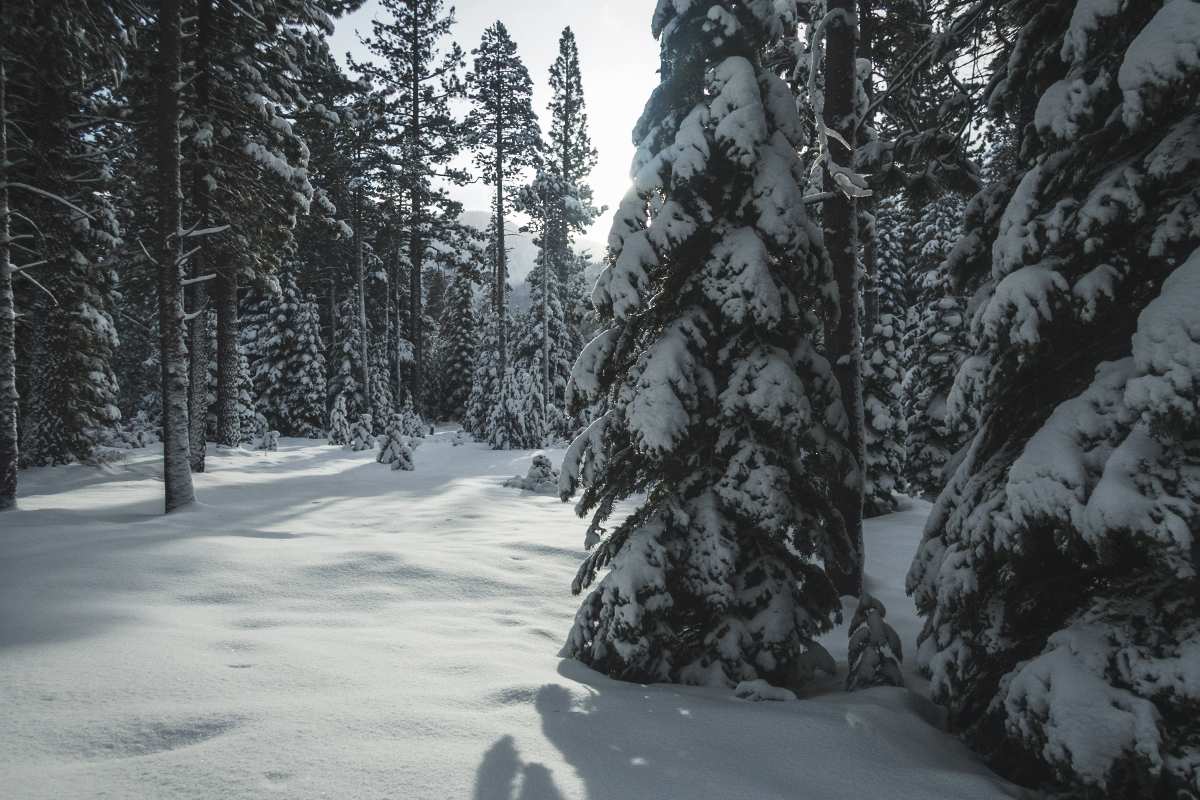
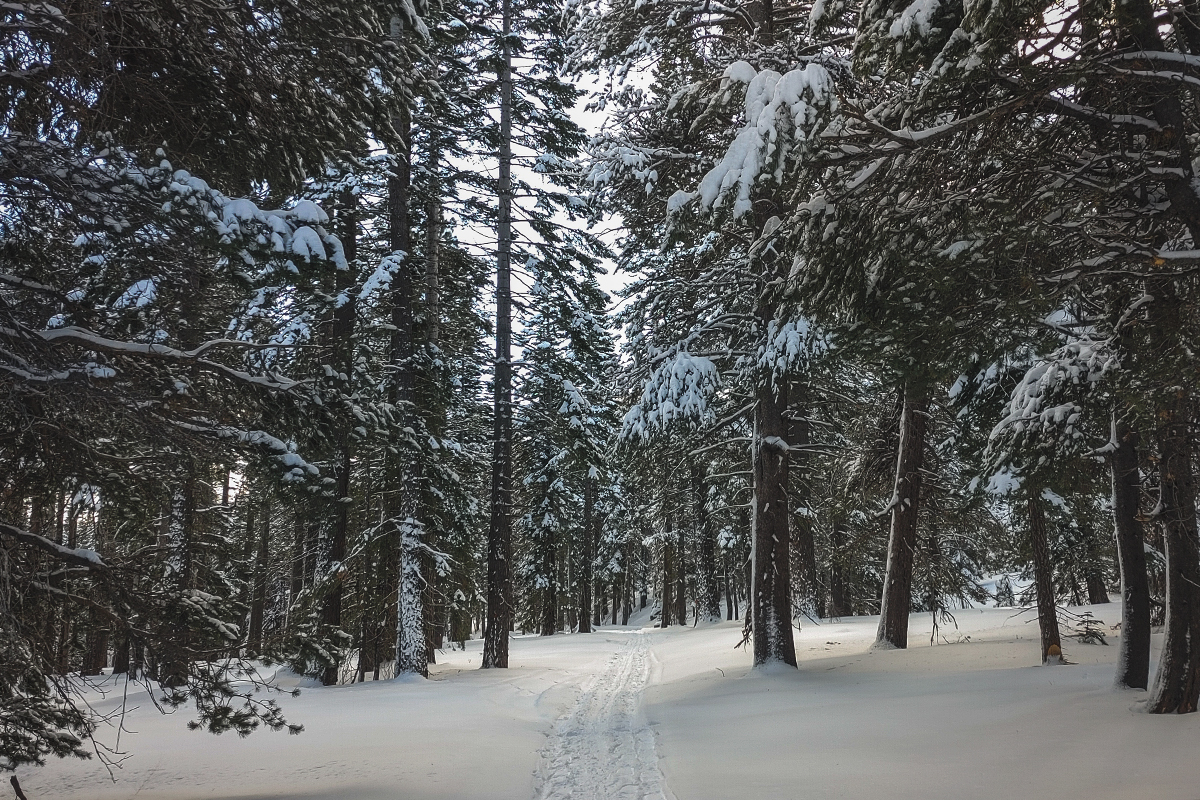
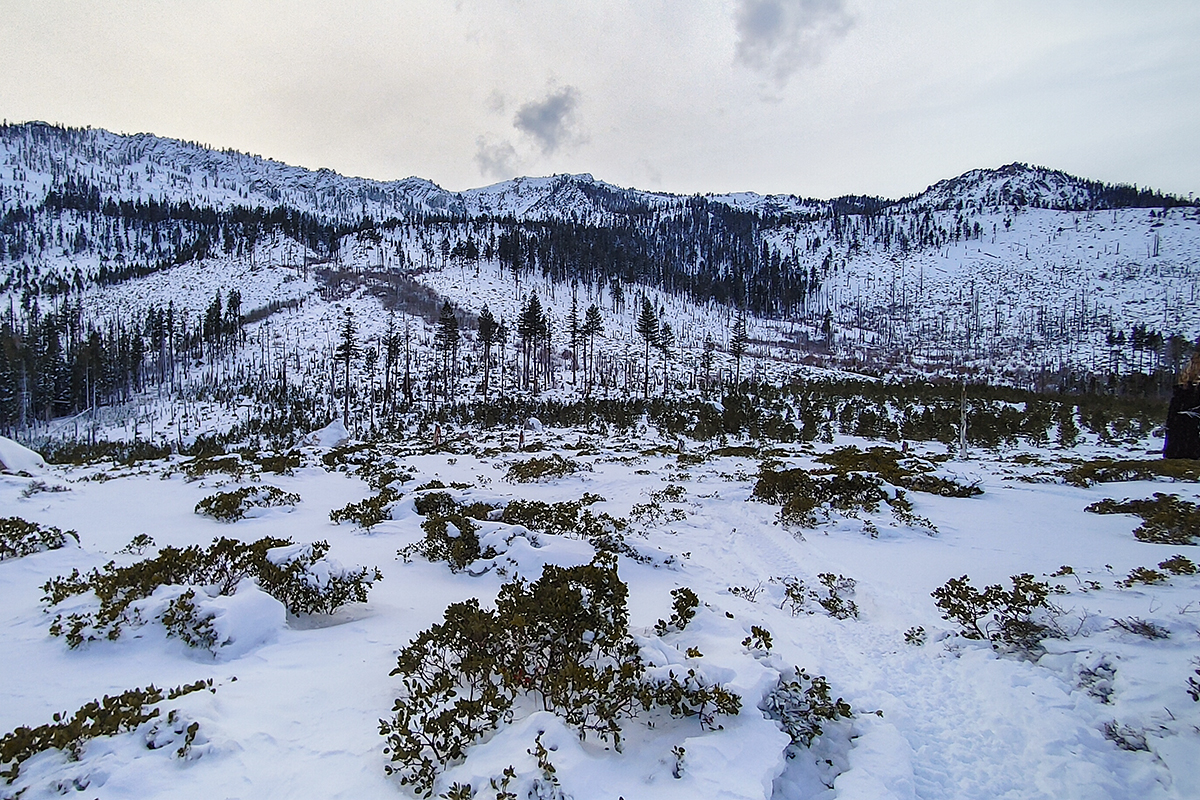
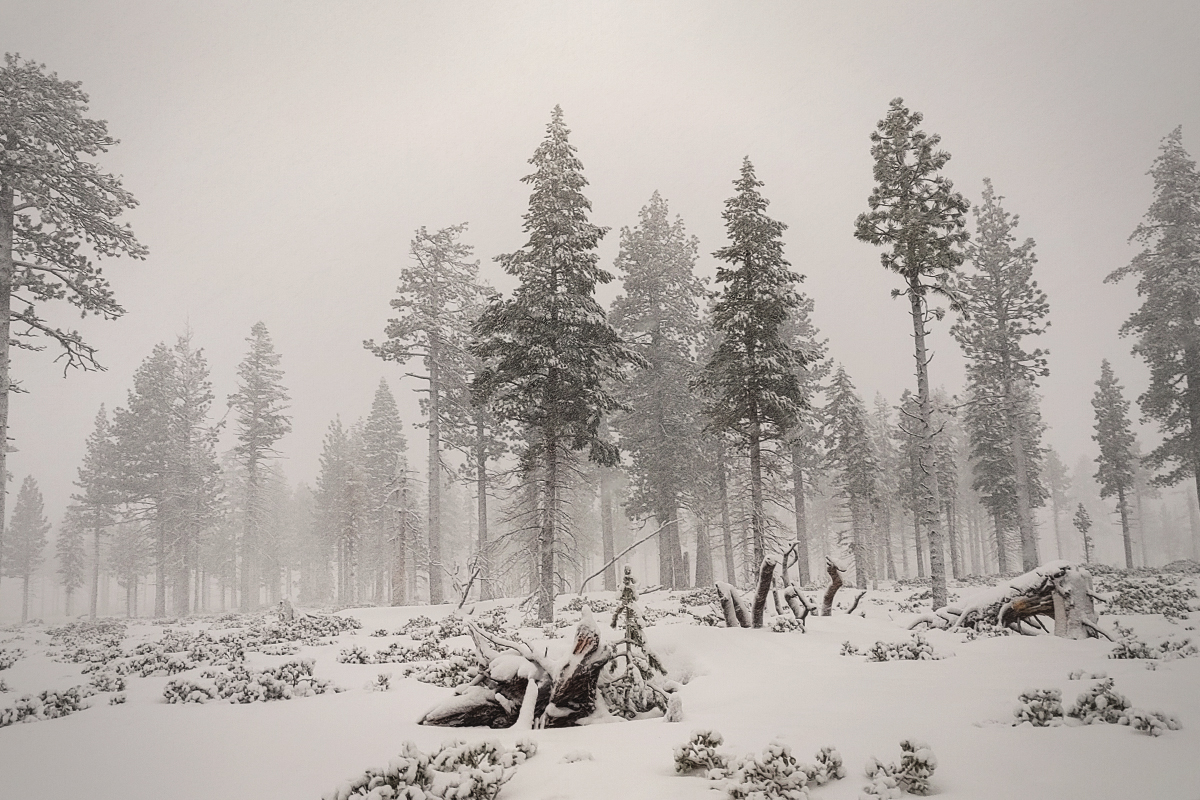
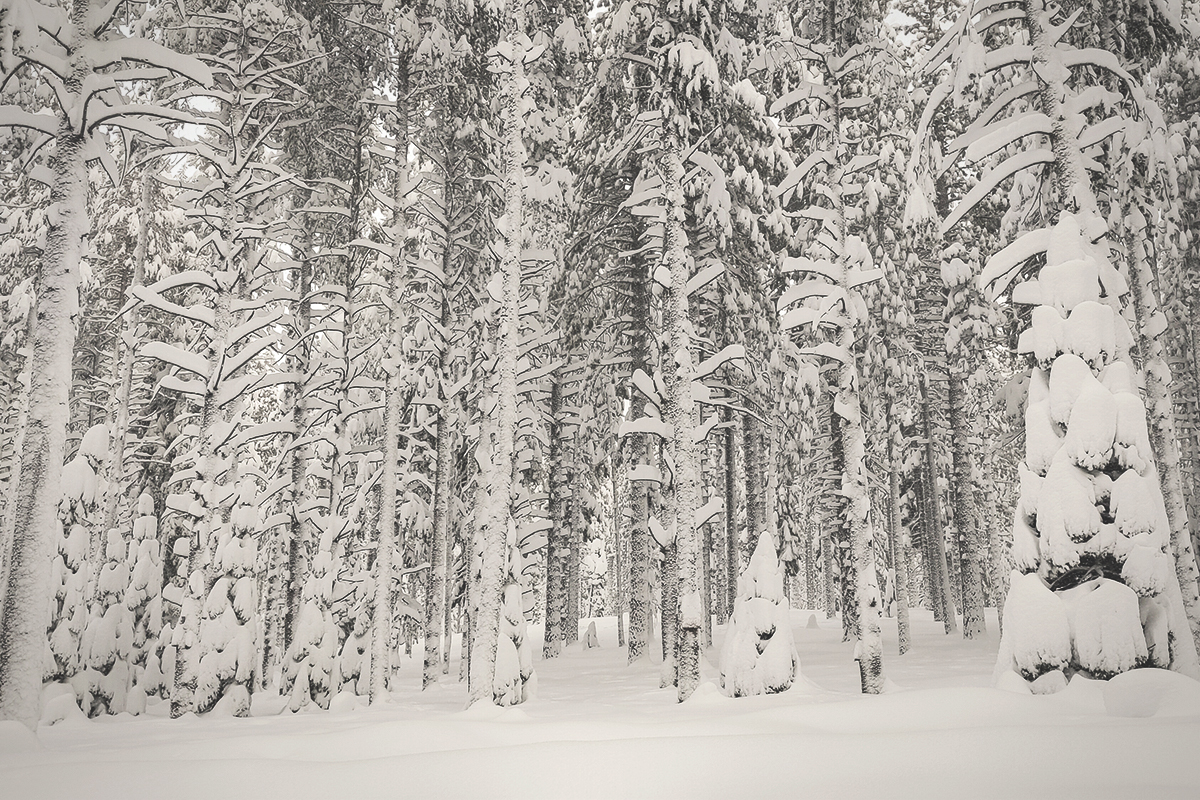
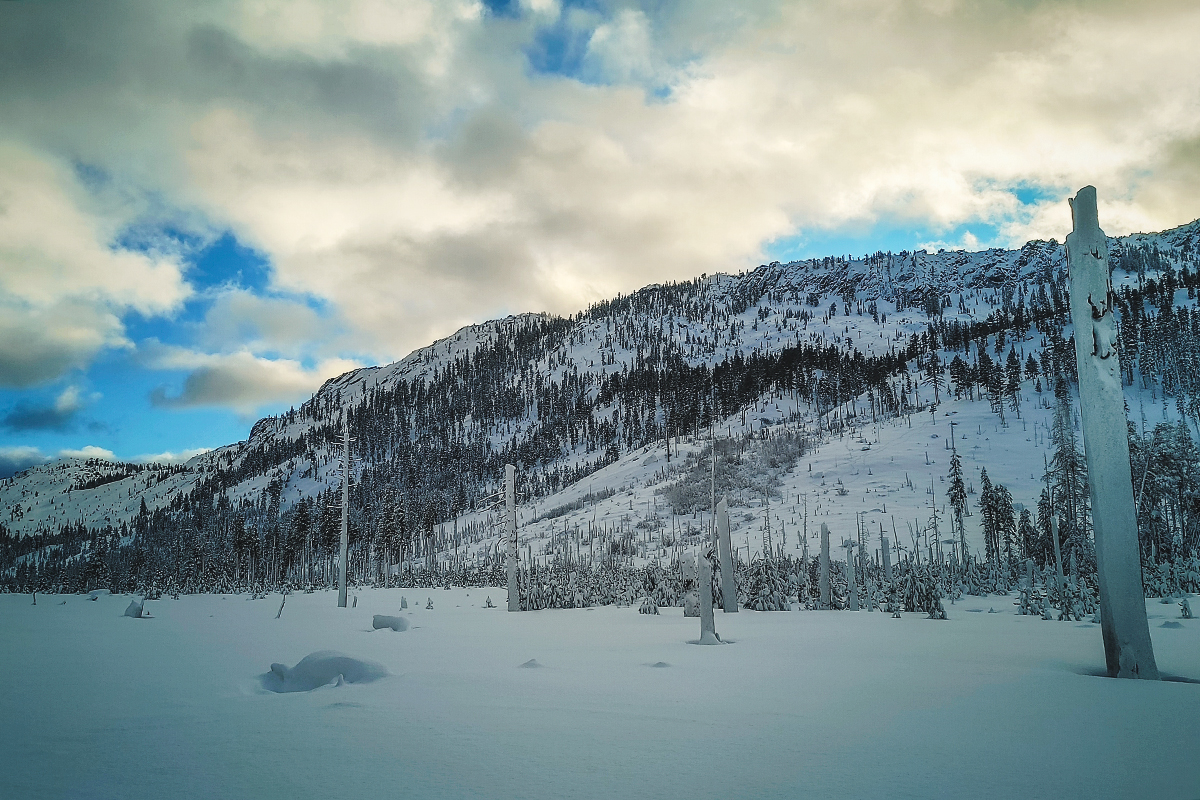
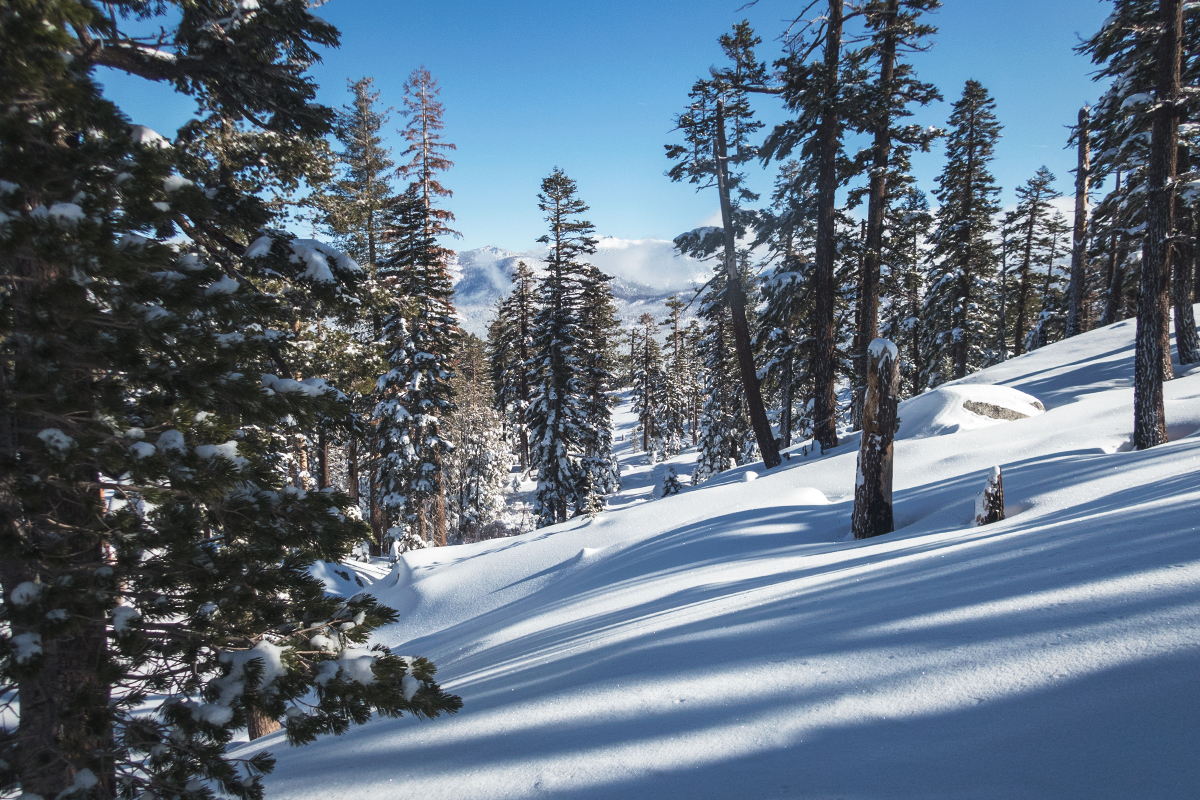
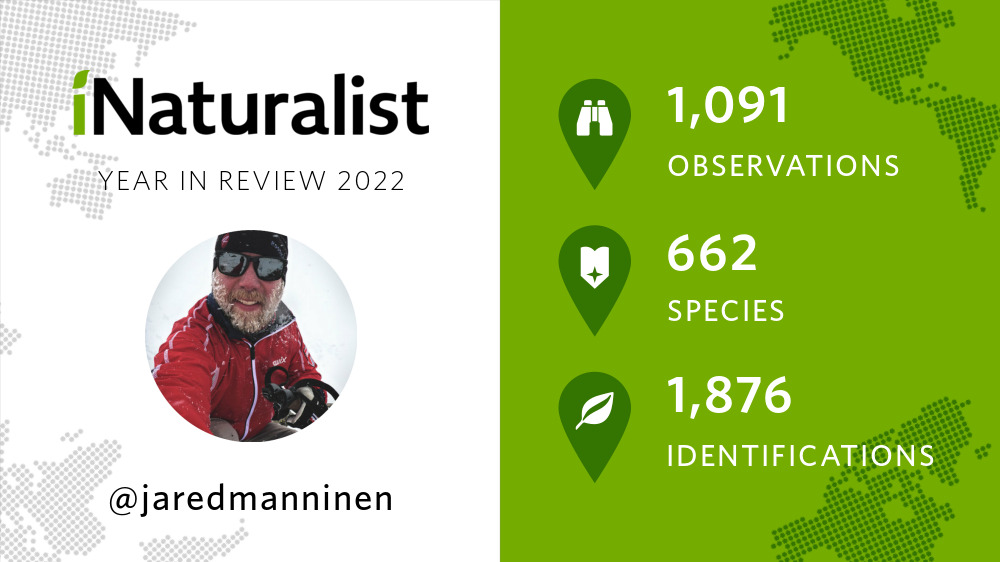

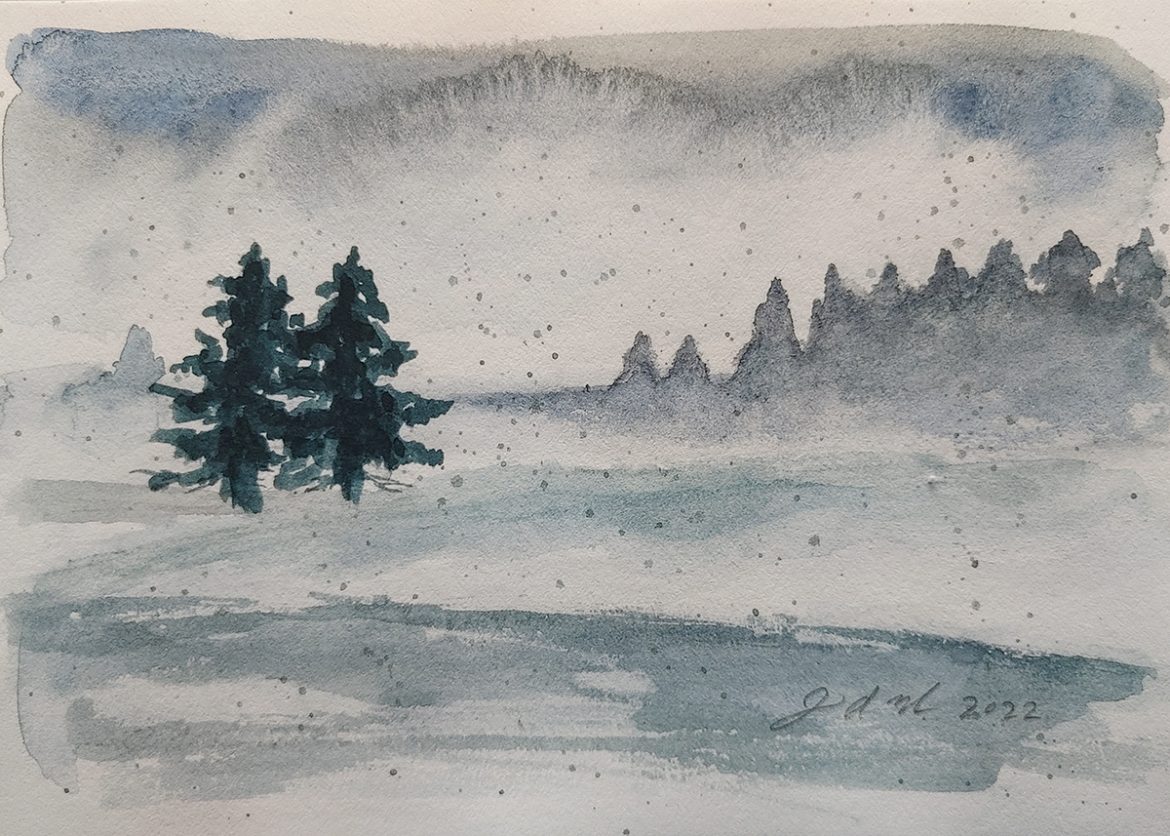
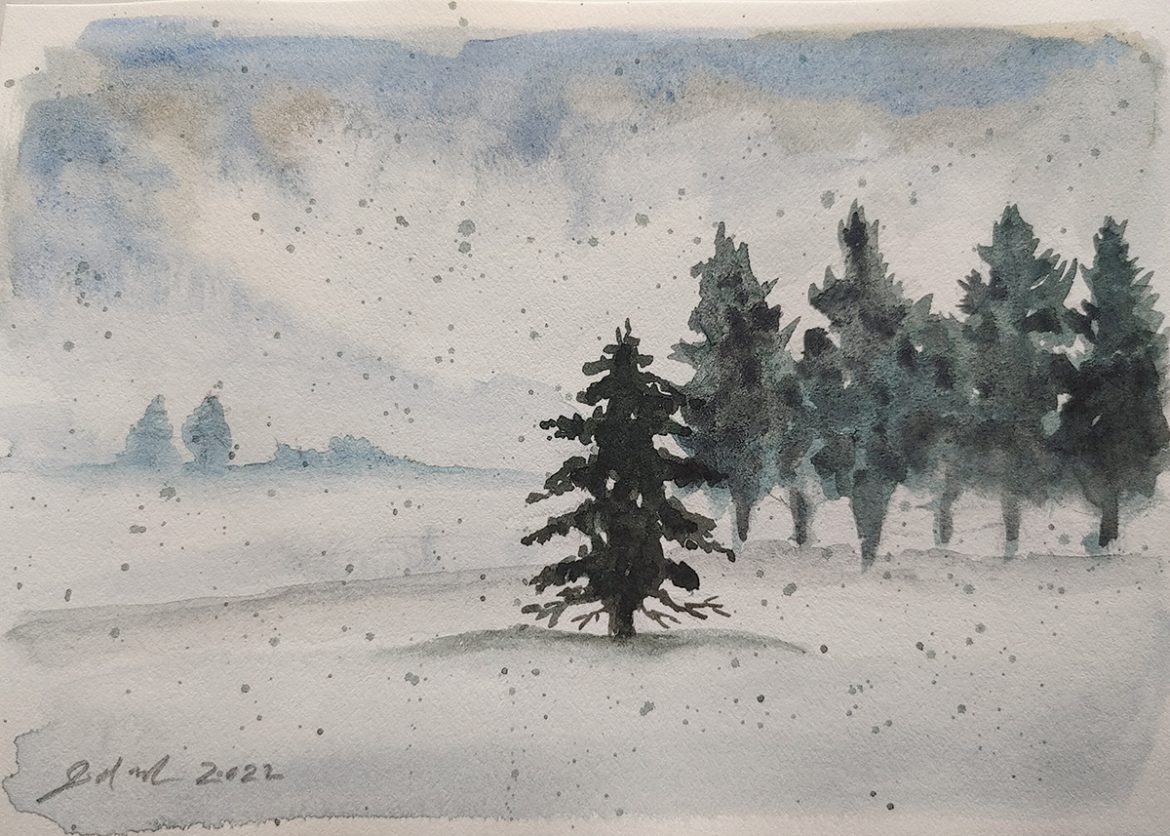
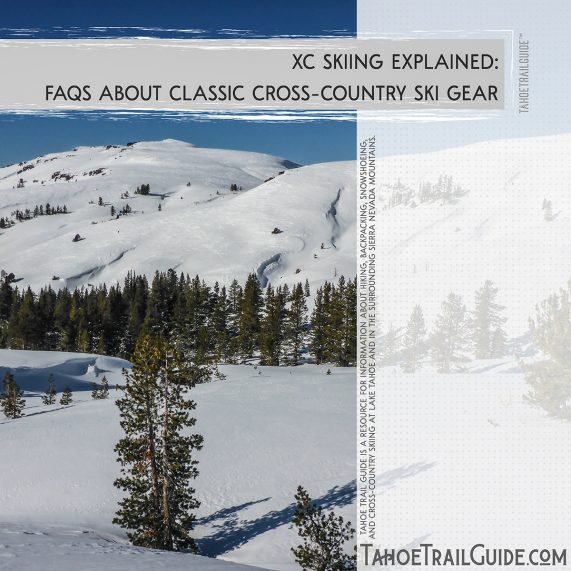
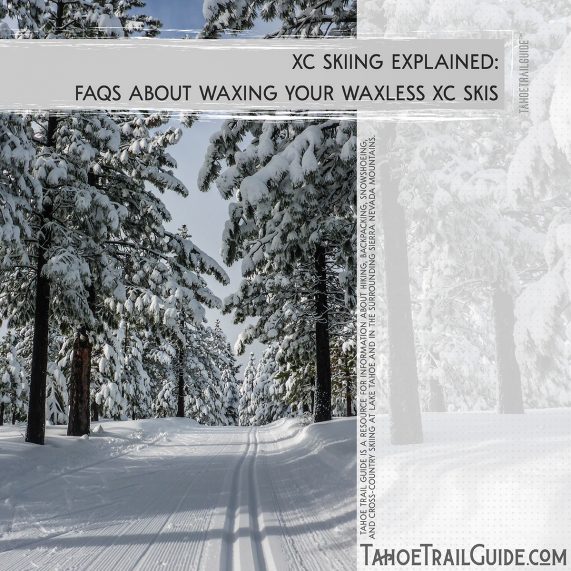
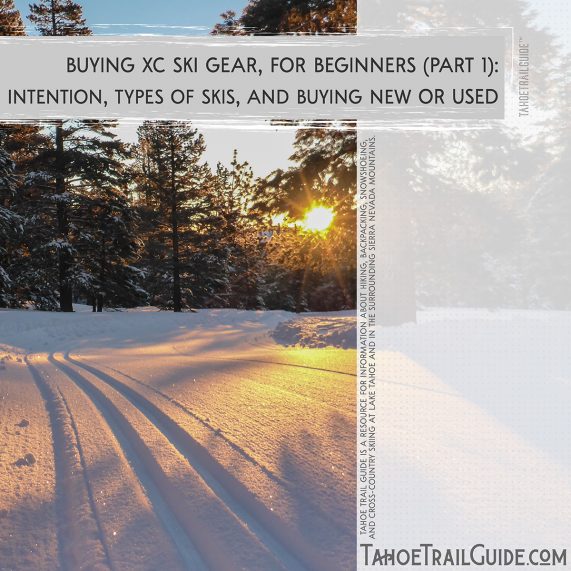
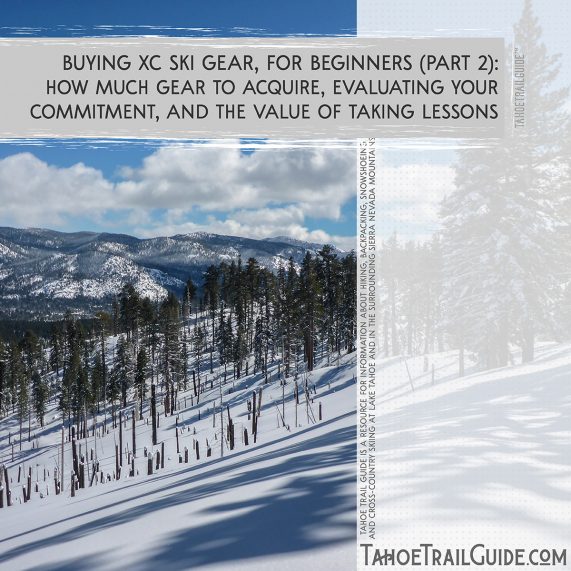
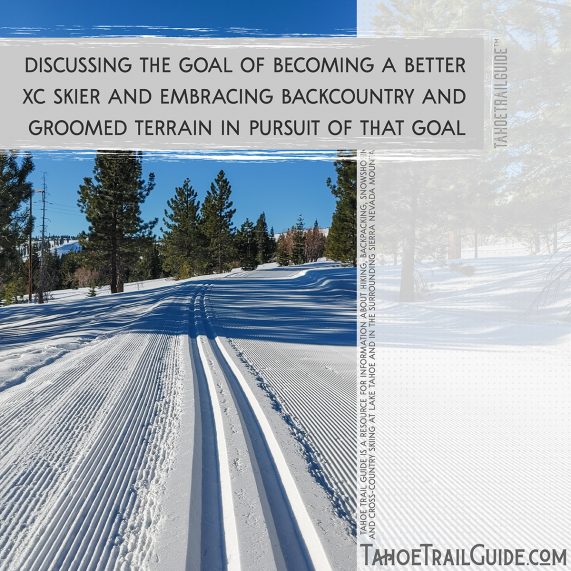
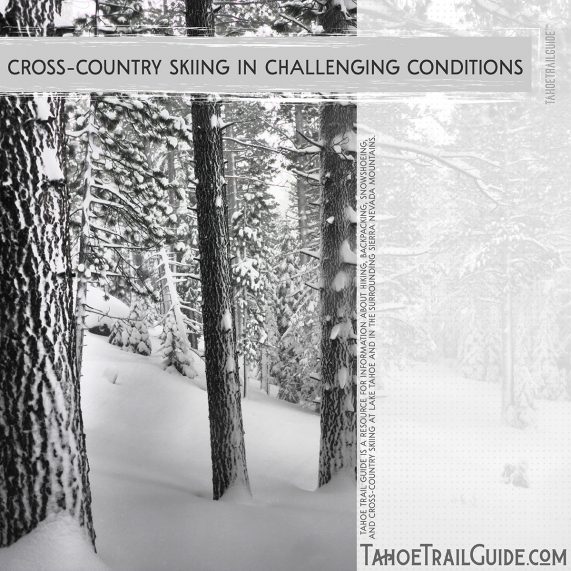
Comments (2)
Gorgeous winter scenes! Put the Lake Tahoe sticker on my truck window! Thank you! You have alot more snow than we do! I moved near Algonquin park in Ontario in 2021..time flies!
Thank you, Linda! I really appreciate it 🙂
Yes, we have a lot more snow than a lot of places around the world right now. It’s crazy how it’s been one storm after another for weeks. I’m grateful for the current break in the storm cycle, however. Blue skies have been a welcome sight!
It sounds like you have a great place to call home, too 🙂